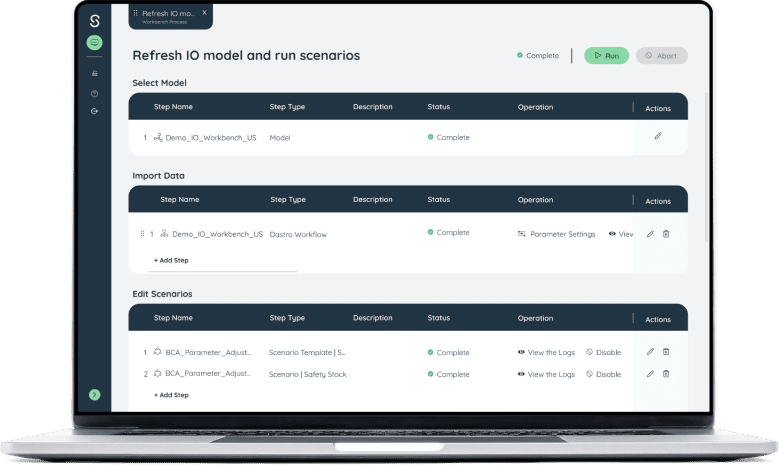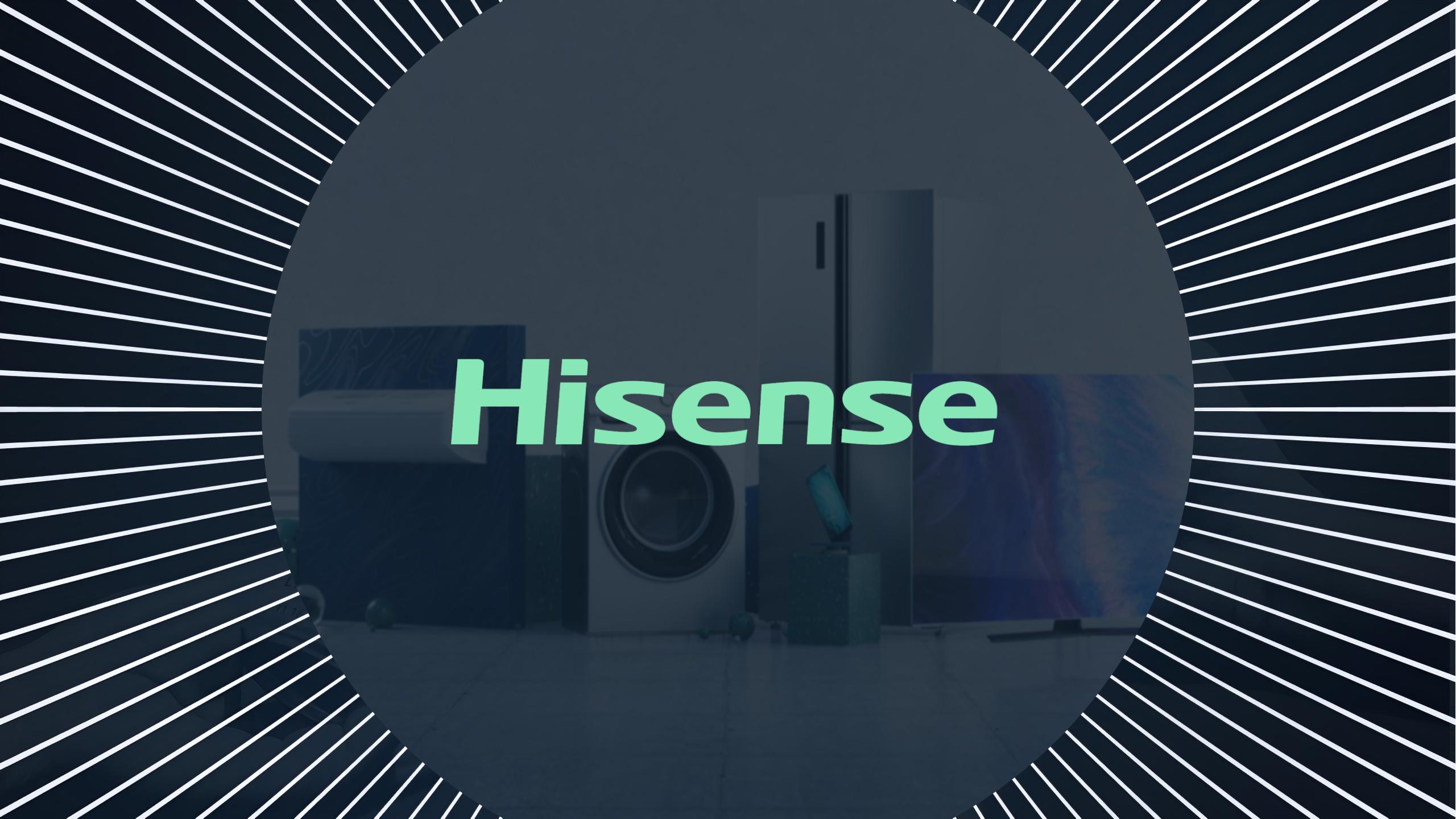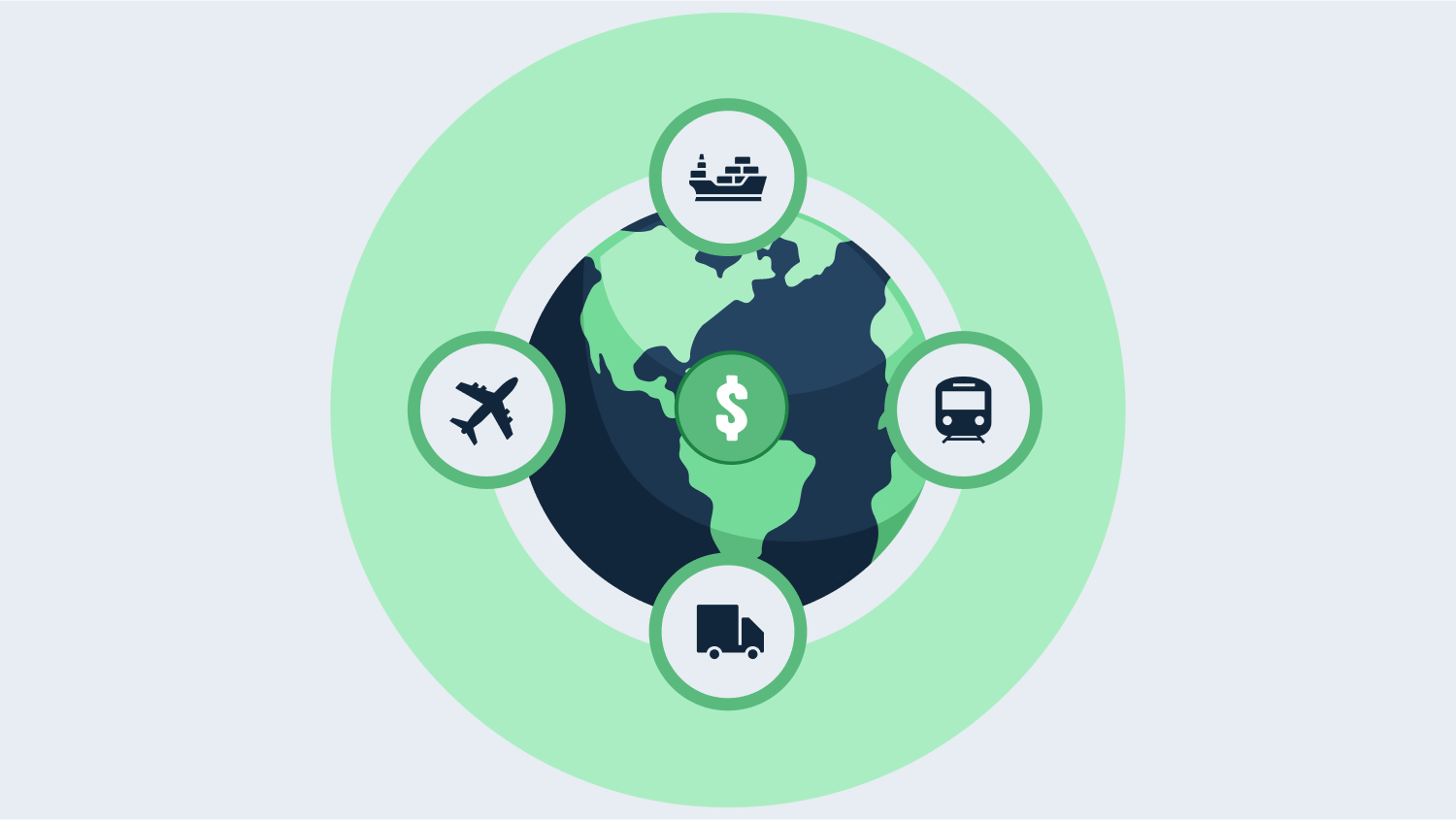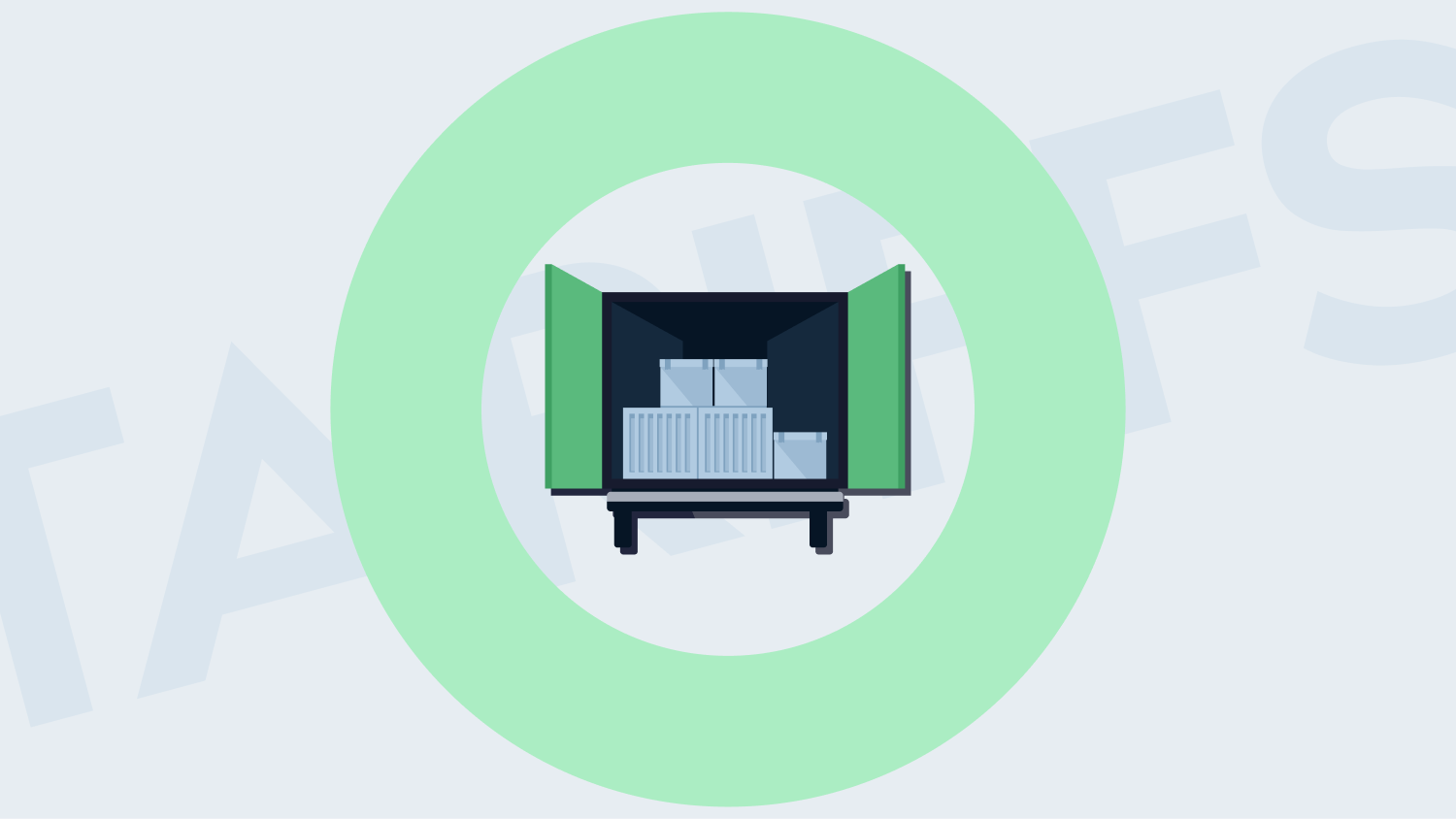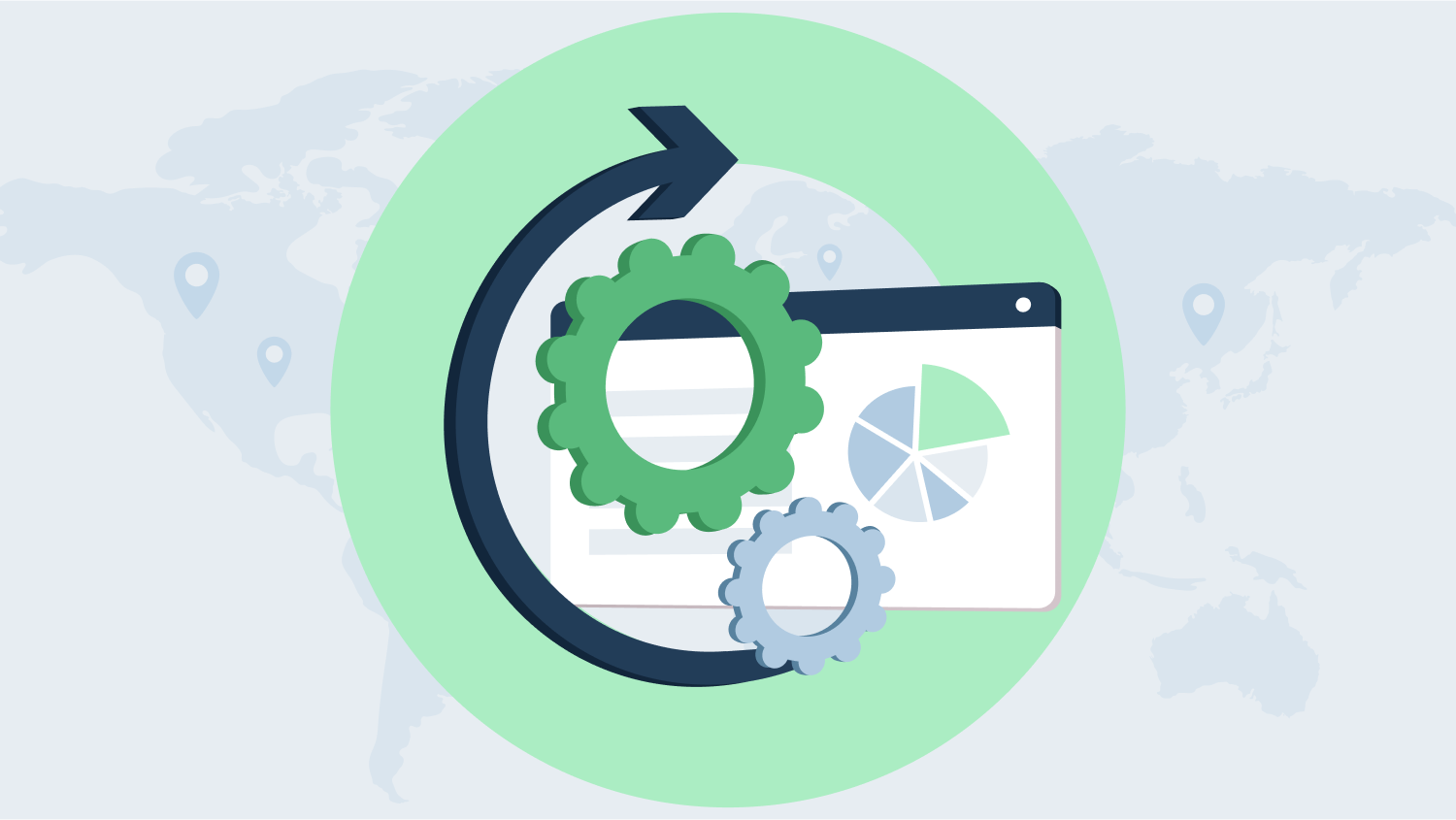Challenges in Hisense’s Supply Chain
Hisense, a global electronics giant, faced mounting challenges in its supply chain that threatened both its profitability and customer satisfaction. The company’s logistics network, a sprawling multi-echelon and multi-channel system, was a patchwork of factories, central distribution centers (CDCs), regional distribution centers (RDCs), hubs, and service channels. While designed to meet diverse market demands, this complexity became a double-edged sword. Logistics costs were rising faster than sales growth, a clear sign of inefficiency. The root cause? A misalignment between the supply chain’s design and the evolving needs of the market.
Customer service gaps further compounded the problem. Delays in delivery were eroding customer satisfaction, yet overcompensating with expedited services was eating into Hisense’s margins. The company found itself trapped in a cycle of reactive decision-making, unable to strike the right balance between cost and service.
Adding to the complexity was the underutilization of logistics facilities. Overlapping distribution centers and frequent stock rebalances between them drove up costs, yet regional teams continued to push for more DCs to meet perceived market needs. This tug-of-war highlighted a critical issue: the lack of a data-driven approach to network design. Without a clear, analytical framework, decisions were often based on intuition rather than evidence, leading to inefficiencies that rippled across the supply chain.
For Hisense, the challenge was clear: to transform its logistics network into a lean, responsive, and cost-effective system that could support both current operations and future growth. The solution, as it turned out, lay in leveraging advanced supply chain network design tools, such as those offered by Sophus, to reimagine the entire network from the ground up. By addressing these challenges head-on, Hisense aimed to not only reduce costs but also enhance its competitive edge in a rapidly evolving market.
For more insights into how Sophus’s solutions can address similar challenges, explore their Supply Chain Network Design Solutions.
Sophus’s Supply Chain Network Design Solutions
In tackling Hisense’s complex logistics challenges, Sophus deployed a strategic, data-driven approach to supply chain network design. The first step involved building a comprehensive as-is baseline network, mapping out the existing multi-echelon structure of factories, central distribution centers (CDCs), regional distribution centers (RDCs), and hubs. This baseline served as the foundation for identifying inefficiencies, such as overlapping distribution centers and underutilized facilities, which were driving up costs and creating service gaps.
Sophus then leveraged its advanced supply chain network design tool to evaluate alternative scenarios. Using optimization algorithms, the tool analyzed millions of potential configurations, balancing factors like transportation costs, facility utilization, and service levels. This approach allowed Hisense to move from reactive, intuition-based decisions to a proactive, data-driven strategy. The result? A redesigned network that not only addressed immediate inefficiencies but also positioned the company for future growth. For instance, the tool recommended consolidating certain RDCs and reallocating inventory flows, which reduced redundant stock movements and improved overall resource allocation.
The impact was immediate and measurable. Hisense achieved a 5% reduction in logistics costs, a significant figure given the scale of its operations. But the benefits extended beyond cost savings. By aligning the network design with market demands, Sophus helped Hisense strike a balance between service levels and operational efficiency. Customers experienced fewer delays, while the company avoided the pitfalls of overservicing, which had previously eroded margins. Moreover, the redesigned network was future-proofed, capable of scaling to meet evolving customer demands and market dynamics.
This transformation underscores the power of leveraging advanced tools like Sophus’s supply chain network design solutions. By combining empirical data with cutting-edge algorithms, companies can unlock efficiencies that were previously hidden in the complexity of their logistics networks. For more on how Sophus can help optimize your supply chain, explore their Supply Chain Network Design Solutions.
Results: Tangible Benefits for Hisense
The collaboration between Hisense and Sophus yielded measurable improvements across multiple dimensions of the supply chain. Most notably, Hisense achieved a 5% reduction in logistics costs, a significant feat given the complexity of its multi-echelon, multi-channel network. This cost-saving was not a one-time win but the foundation for long-term operational efficiency. By leveraging Sophus’s advanced supply chain network design tools, Hisense optimized its distribution flow paths, reducing redundancies and aligning resource allocation with actual demand. The result? A leaner, more cost-effective logistics operation that is projected to deliver sustained savings over time.
Customer satisfaction also saw a marked improvement. The redesigned network struck a delicate balance between service levels and cost efficiency, addressing both under-service and over-service issues. For instance, delivery times became more consistent, reducing delays that had previously frustrated customers. At the same time, the network was designed with future demand in mind, ensuring scalability as Hisense continues to expand its market presence. This forward-looking approach not only enhances customer experience today but also positions the company to meet evolving expectations tomorrow.
Perhaps the most transformative outcome was the establishment of a data-driven decision-making culture within Hisense. Sophus’s tools enabled the company to evaluate multiple scenarios and identify optimal solutions with precision. This capability has since been scaled across the organization, empowering teams to make informed, strategic decisions. The network design itself is now a living framework, adaptable to future growth and market shifts. For a deeper dive into how Sophus’s solutions can transform your supply chain, explore their Supply Chain Network Design Solutions.
Conclusion: Driving Efficiency with Sophus
In an era where supply chain complexity is the norm, Sophus has emerged as a critical partner for companies like Hisense seeking to balance cost efficiency with customer satisfaction. By leveraging advanced supply chain network design tools, Sophus enabled Hisense to transform its sprawling, multi-echelon logistics network into a streamlined, cost-effective operation. The 5% reduction in logistics costs is not just a testament to Sophus’s technical prowess but also a reflection of its ability to align strategic decision-making with real-world operational challenges.
Sophus’s approach goes beyond mere cost-cutting. By employing data-driven optimization algorithms, the company helped Hisense achieve a more balanced service level, ensuring that neither over- nor under-service eroded margins or customer trust. This dual focus on cost and service underscores Sophus’s commitment to delivering holistic solutions that are as future-proof as they are effective today.
For businesses grappling with similar challenges, Sophus offers a proven pathway to operational excellence. Its expertise in supply chain network design is not just about solving immediate problems but about building scalable, resilient networks that can adapt to evolving market demands. To learn more about how Sophus can transform your supply chain, explore their Supply Chain Network Design Solutions.
FAQ Section
1. How does supply chain network design reduce logistics costs?
Supply chain network design reduces logistics costs by optimizing the structure and flow of goods across the network. By leveraging advanced tools like Sophus’s supply chain network design platform, companies can evaluate multiple scenarios, identify inefficiencies, and reconfigure their distribution centers, transportation routes, and inventory levels. For instance, Hisense achieved a 5% reduction in logistics costs by eliminating overlapping distribution centers and rebalancing stock more effectively. This data-driven approach ensures resources are allocated where they are most needed, minimizing waste and maximizing efficiency.
2. What are the benefits of greenfield and brownfield analysis in network design?
Greenfield and brownfield analyses are critical for making informed decisions about supply chain networks. Greenfield analysis evaluates entirely new network designs, ideal for companies entering new markets or undergoing significant expansion. Brownfield analysis, on the other hand, assesses the optimization of existing infrastructure, making it suitable for companies like Hisense with established but underutilized facilities. Together, these analyses provide a comprehensive view of potential improvements, balancing cost savings with operational feasibility. For example, Sophus’s tools enabled Hisense to identify underutilized logistics facilities and optimize their existing network without unnecessary capital expenditure.
3. How can supply chain optimization improve customer service?
Supply chain optimization enhances customer service by aligning network design with market demands. By reducing delivery delays and ensuring balanced service levels, companies can avoid both underserving and overserving customers. Sophus’s solutions helped Hisense achieve this balance, improving customer satisfaction while protecting margins. Additionally, a forward-looking network design ensures the supply chain can adapt to future demand, maintaining high service levels even as markets evolve. This strategic approach not only meets current customer expectations but also builds resilience for long-term growth.
For more insights on how Sophus can transform your supply chain, explore their Supply Chain Network Design Solutions.


